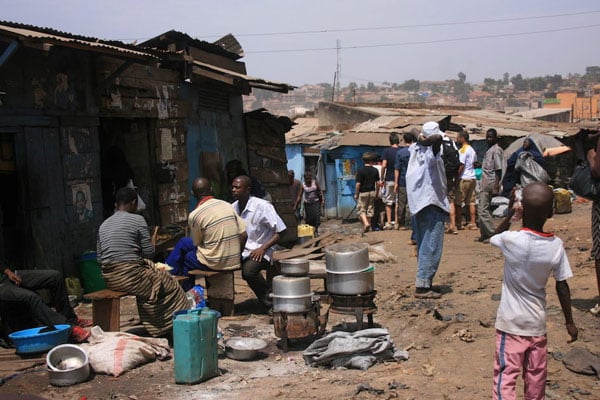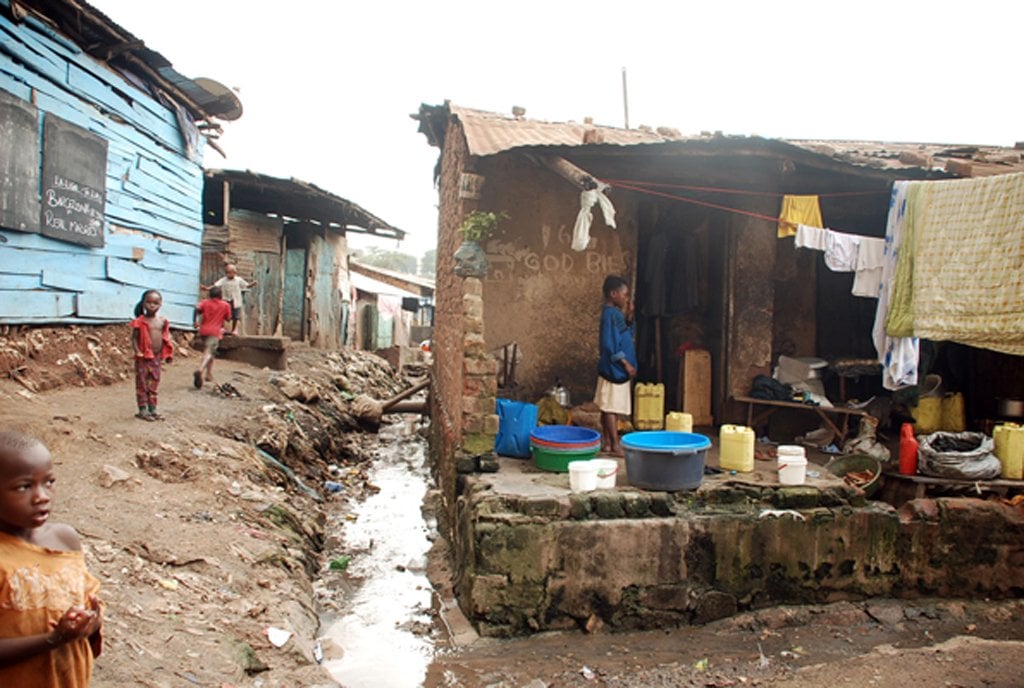Prime
Most Ugandans are vulnerable to falling back into poverty, says govt report

The report notes that whereas poverty levels have been falling, many Ugandans are still vulnerable to economic shocks. Photo / File
What you need to know:
- The report shows that whereas many households are moving out of poverty, a significant proportion of the poor has remained chronically poor, while the transient poor keep moving above and below the poverty line, depending on circumstances.
A report authored by the Ministry of Finance and the Uganda National Household Survey has noted that whereas there has been a reduction in poverty over the last seven years to 2020, most Ugandans are at risk of falling back into poverty.
The report, which sought to explore Uganda’s structural transformation, indicates the whereas many households are moving out of poverty in all four regions of western, norther, eastern and central Uganda, a significant proportion of the poor has remained chronically poor while the transient poor keep moving above and below the poverty line, depending on circumstances.
“Therefore, most Ugandans are vulnerable to falling back into poverty,” the report reads in part, noting that data has illustrated a certain level of difficulty of transitioning out of poverty.
The vulnerability, the report noted, was for instance, more pronounced in the two years of Covid-19 between 2019 and 2020, in which the number of poor Ugandans increased from 18.7 percent to 21.91 percent.
The report classifies 8.13 million Ugandans as poor, while 16.99 million are insecure non-poor, a reference to households that are above but near the poverty line, are vulnerable to shocks and can fall back into poverty.
The report also notes that Uganda’s middle class has grown with at least 1.52 million Ugandans having joined the middle class by 2020, an implication that they “have secured better livelihoods” than before 2017.
The report, which was launched on February 8 and published about a week ago, also notes that whereas the rate of poverty had increased between 2012 and 2017, it had since declined to 18.7 percent by 2019.
“Had it not been because of Covid-19, poverty would likely have fallen below 20.3 percent. This is because, before Covid-19 lockdowns, poverty had fallen to 18.7 per cent, but then increased to 21.91 percent during the lockdowns,” the report reads in part.
The report reviews government’s desire to transform livelihoods of households from low to high-productivity activities and sectors, while minimising vulnerabilities to poverty at the same time.
The report also returned a shift in poverty dynamics, highlighting northern Uganda as the epicentre of poverty.
For instance, the report noted, the poverty rate in the northern region, which covers Acholi, Karamoja, Lango and West Nile sub-regions, increased from 32.6 percent in 2017 to 35.92 percent in 2020 due to adverse weather conditions and a high dependency on subsistence crop farming.
Data from Uganda National Household Survey 2019/20 shows that northern Uganda has the highest percentage (52.2) of households in the subsistence economy, 30.2 per cent of whom depend on subsistence farming, which makes the area vulnerable in times of weather shocks and poor farm harvests.
In the eastern region, poverty decreased from 35.67 percent in 2017 to 29.2 percent with the Elgon Sub-region returning the greatest improvement, in which poverty levels dropped from 34.9 per cent to 13.2 per cent.
In the Central poverty slightly from 8.9 percent 8.73 percent while in the western region, poverty rates slightly increased from 12.5 percent in 2017 to 14.4 percent in 2020 due to animal pests and diseases.
The true picture
Dr Fred Muhumuza, a Makerere University lecturer and an economist said, the report might not be telling the true picture of poverty, noting that it could be bigger than the stated figures yet there have been less targeted initiatives to resolve the problem.
“It is even bad that all these numbers are going up. Poor, insecure non poor and middle class. Something is wrong,” he said, noting that whereas education would have helped the next generation, the quality presents a number of challenges.





